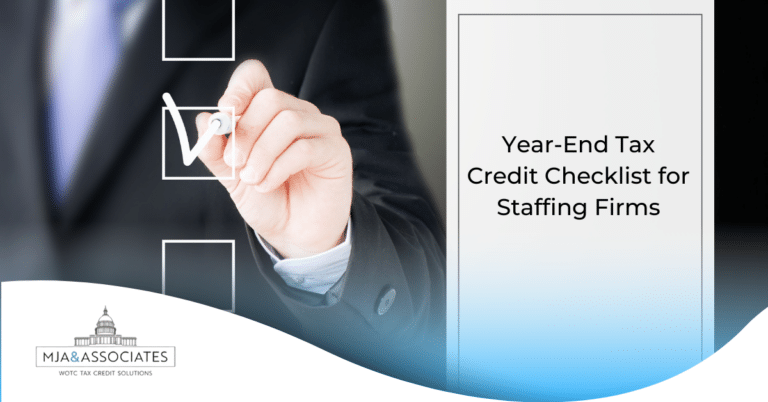Small businesses play a pivotal role in driving economic growth and providing employment opportunities within communities. However, amidst the myriad of responsibilities, tax planning often takes a back seat. Yet, strategically positioning your business for tax success is not just about compliance; it’s about maximizing cash flow and profitability. Let’s delve into how small businesses can leverage tax credits and incentives to their advantage.
Understanding the Importance of Tax Optimization
Effective tax planning goes beyond mere compliance. It’s a proactive approach aimed at minimizing tax liability while maximizing available credits and incentives. By optimizing tax strategies, small businesses can enhance their financial stability, reinvest in growth initiatives, and ultimately contribute more significantly to the economy.
Exploring Tax Credits and Incentives
Research and Development Tax Credit (R&D Credit)
- Encourages innovation by providing a tax credit for qualified research expenses.
- Eligible activities include developing new products, processes, or software enhancements.
- Small businesses can offset up to $250,000 in payroll taxes annually with this credit.
Small Business Health Care Tax Credit
- Designed to alleviate the burden of health insurance costs for small business owners.
- Available to businesses with fewer than 25 full-time equivalent employees.
- Covers up to 50% of premium costs for employer-sponsored health coverage.
Work Opportunity Tax Credit (WOTC)
- Provides incentives to hire individuals from specific target groups facing barriers to employment.
- Eligible groups include veterans, ex-felons, and individuals receiving government assistance.
- Offers a tax credit ranging from $1,200 to $9,600 per qualified employee.
Section 179 Deduction
- Allows small businesses to deduct the full purchase price of qualifying equipment and property.
- Enhances cash flow by accelerating depreciation deductions.
- In 2023, businesses can deduct up to $1.05 million in qualifying expenses.
Employer Credit for Paid Family and Medical Leave
- Rewards employers who offer paid leave to employees for family and medical reasons.
- Covers up to 25% of wages paid during qualifying leave periods.
- Encourages work-life balance and fosters employee loyalty.
Energy-Efficient Commercial Buildings Deduction
- Incentivizes energy-efficient improvements to commercial buildings.
- Deduction of up to $1.80 per square foot for qualifying property improvements.
- Promotes sustainability while reducing operational costs.
Employee Retention Credit (ERC)
- Introduced to support businesses during periods of economic uncertainty.
- Offers a refundable tax credit of up to $7,000 per employee per quarter.
- Eligible for businesses that experienced significant revenue declines or government-mandated closures.
State and Local Tax Credits
- Various states offer tax credits and incentives to attract and retain businesses.
- Examples include job creation credits, investment tax credits, and enterprise zone incentives.
- Consult with local authorities to explore available opportunities.
Qualified Opportunity Zones (QOZ)
- Designed to spur economic development in distressed communities.
- Offers tax incentives for investments in designated low-income areas.
- Benefits include deferred capital gains taxes and potential tax-free gains on qualified investments.
Implementing Tax Optimization Strategies
To capitalize on these tax credits and incentives, small businesses should:
- Conduct a comprehensive tax analysis to identify eligible credits and deductions.
- Maintain accurate records and documentation to support tax claims.
- Leverage professional expertise by consulting with tax advisors or CPAs.
- Stay informed about changes to tax laws and regulations to adapt strategies accordingly.
- Continuously evaluate and adjust tax optimization strategies to align with business goals.
Proactive tax planning is essential for small businesses seeking to enhance financial performance and achieve long-term success. By leveraging available tax credits and incentives, businesses can reduce tax liabilities, improve cash flow, and invest in growth opportunities. With strategic tax optimization, small businesses can thrive as economic engines and valuable contributors to their communities.
For personalized assistance in navigating tax optimization strategies tailored to your business needs, consider reaching out to MJA & Associates. Their expert team can provide comprehensive guidance and support to help you maximize savings and achieve your financial goals. Schedule a consultation today and take the first step towards optimizing your tax strategy for success.




